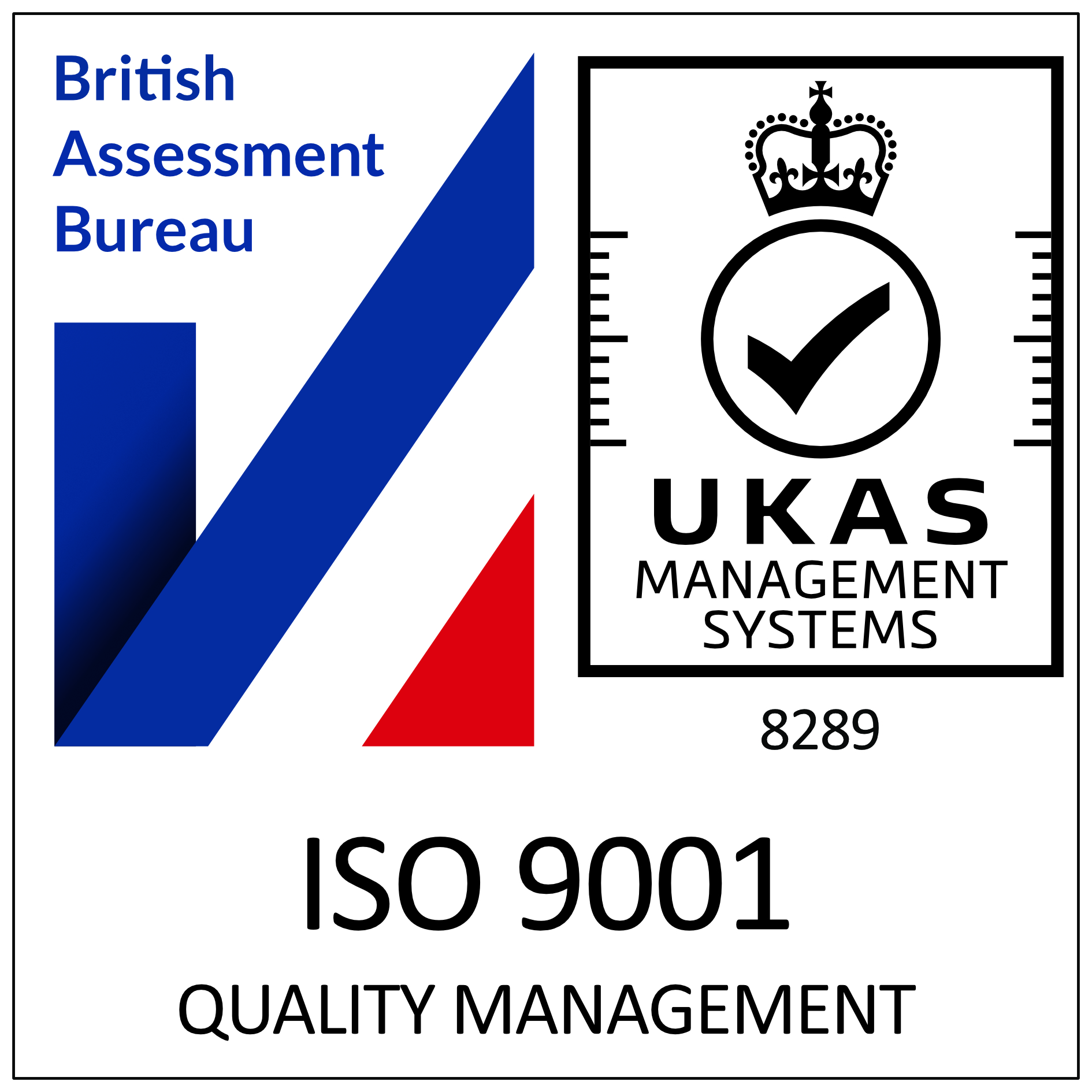How school fire doors protect both pupils and staff
We’ve regularly covered school fire doors, and the things you need to think about when installing them:
- fire resistance
- security
- finger safety
- noise reduction
not forgetting of course that you need to take extra care in special needs schools.
We’ll cover these points again below to remind you, but we thought that we would start from a slightly different angle this time: arson. It’s a terribly sad fact that there are, on average, nearly 40 fires per week in UK schools … and many of them are caused deliberately. Notwithstanding the obvious danger to lives, jobs, school facilities, and equipment, fires also cause great distress, they impact investment, they can negatively influence exam results, they can cause tremendous disruption while clean up and repair work is underway, and they result in over £80 million in insured damages annually. Words fail me!
The problem, of course, is that schools by definition have very busy corridors, often “occupied” by young children. The temptation to wedge the school fire doors open must at times be strong … but it is now illegal to do so. Legislation and building regulations surrounding school fire doors are wide and varied. School building owners have a legal duty to comply with the Regulatory Reform (Fire Safety) Order 2005 and must appoint a ‘responsible person’ to ensure their school or college is compliant.
Compliance with the Fire Safety Order is compulsory and its requirements link closely with related parts of the Building Regulations – Approved Document B (fire safety), Approved Document M (ease of access), Approved Document K(4) (glazing safety – England), Approved Document E (acoustics) and Approved Document N Glazing Safety (Wales).
Regrettably we can’t stop arsonists, but school fire doors can play a part in minimising the consequences of their actions.
Fire resistance
Schools – along with all types of educational establishments and public buildings – need fire resistant doors (along with a very well thought out evacuation policy). This will obviously include internal fire doors, where appropriate, and fire exits.
Special care needs to be taken as many children won’t be old enough to know what to do in an emergency, or will panic, and remember that some will be too young to read!
The legislation and building regulations include considerations such as:
- the provision of clear and effective access within the building
- the weight of the school doors
- glazing options, taking into account the required light and vision levels
You may find this link helpful:
Fire safety risk assessment – educational establishments
Fingersafe doors
Every year, according to the Royal Society for the Prevention of Accidents (ROSPA,) around 30,000 children trap their fingers in doors at home, in school, at a nursery, or when out and about for example in shops. In more than 1,500 of these accidents their fingers will be crushed, and the children will need surgery – sometimes ongoing reconstructive surgery – while some injuries fortunately can be as mild as soreness and bruising, and can therefore be treated with ice and cuddles.
Did you know that a closing door can exert up to 40 tons per square inch of pressure along the gap between its hinges.
Hand injuries, although unlikely to be life-threatening, can be life-altering. An injured hand can make everyday tasks difficult and tiresome, if not impossible.
Thankfully there is a wonderfully innovative solution, called Safehinge – a brilliantly clever design that eliminates any chance of fingers being trapped by using a specialist pivot set that removes the gap at the hinge when opening and closing the door. Here’s an image so you can see how it works.
Security and safety
This needs to work in both directions – protecting the children and school equipment and assets (e.g. computers) from unwanted intruders, while ensuring that the children and staff can evacuate safely should an emergency arise.
All external door locks and window catches need to provide a level of security. Some fire exit doors with push bars may need to be upgraded, but (of course) fire escape routes should not be locked off. Exit doors can be fitted with alarms to warn of unauthorised use during normal hours. It may be worth fitting locks to windows as well as doors. There should be strict control of keys with key storage boxes in alarmed areas. Regular checks ought to be in place to confirm the whereabouts of keys. Main school keys should never be given to pupils or parents.
Doors fitted with push button combination locks and self-closers can give additional security to offices and staffrooms used by large numbers of staff, where constant locking and unlocking by key would be a nuisance. As the combination can be compromised at any time, these locks should not be used to protect secure areas.
Noise
Educational establishments – especially schools for younger children – can be very noisy places! Quite apart from the general desire to keep classrooms as quiet as possible to keep concentration levels high, there are music rooms, chemistry labs (perhaps with the odd explosion!), and screams and shouts from playgrounds to contend with!
This is where acoustic doors, sometimes called soundproof doors, come into their own.
Again, there are various options, many of which we’ve covered before. Note that there are some circumstances where a door with a lower overall rating will block a particular frequency better than a higher rated door, so you will need to talk to experts who specialise in acoustic doors and who can give you excellent advice and guidance.
Special Needs Schools
Please be aware that special regulations apply to Special Needs schools, such as the Part M regulations which require a white fire strip on the leading edge of all doors (even if they’re not fire rated) to help the visually impaired.
We’re here to help
Here at Enfield Doors we have been manufacturing and installing school doors for many years – and we can give you expert advice and guide you through all of the regulations and complications that you need to be aware of. If you would like further information on our company please visit our home page or go directly to our contact page when we will respond as quickly as possible.
As always we’ll be delighted to help and advise you.







